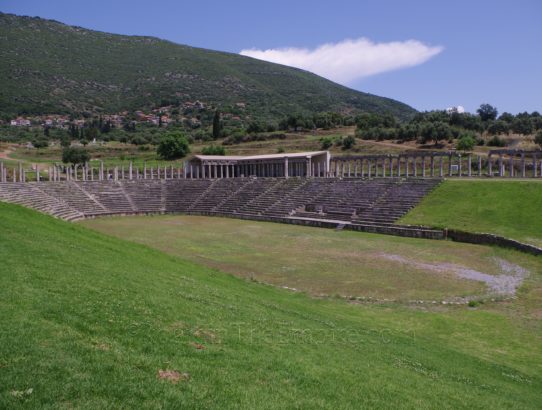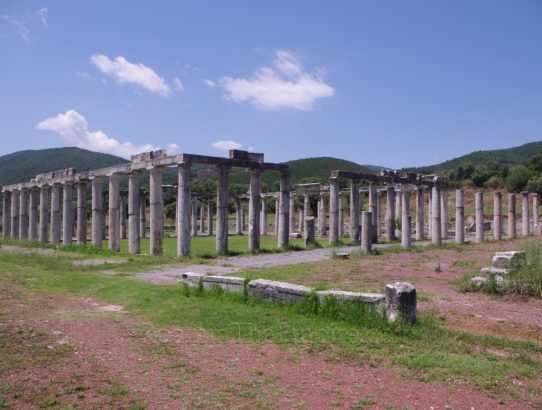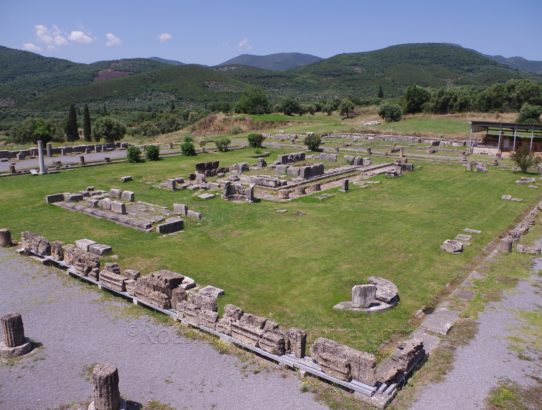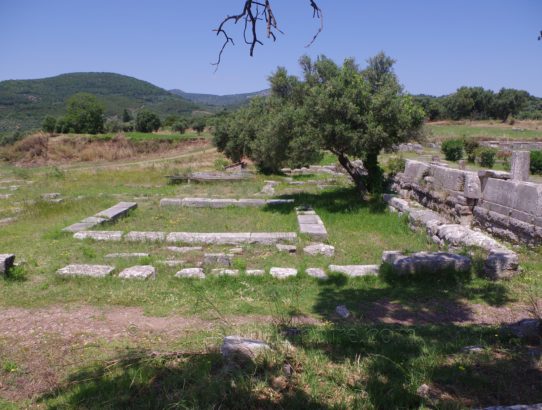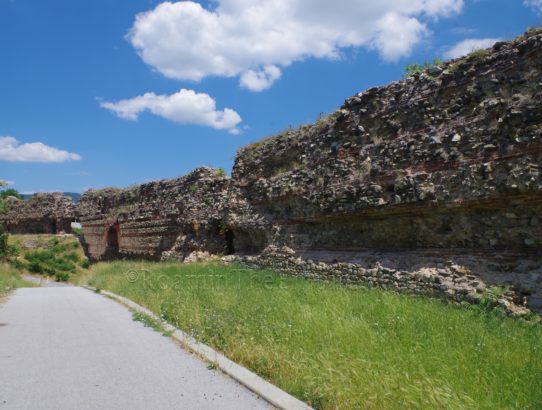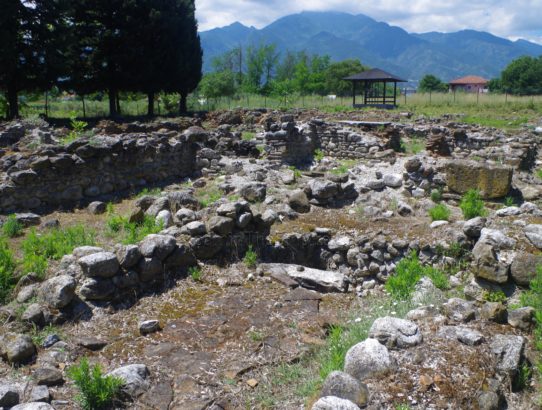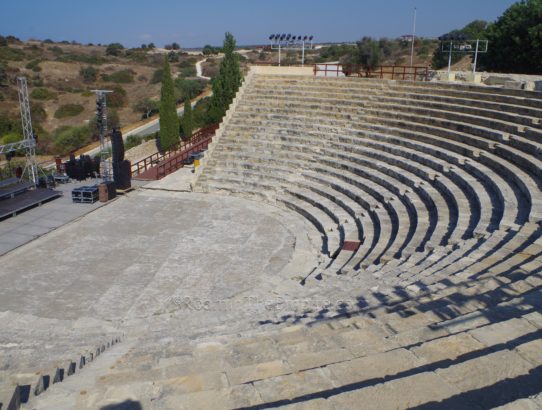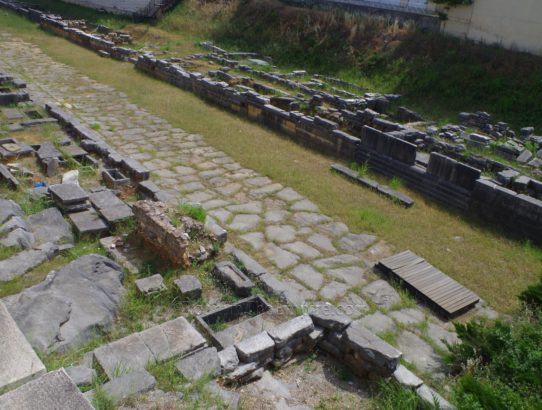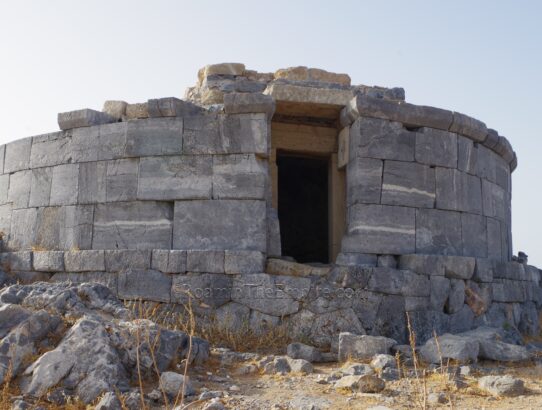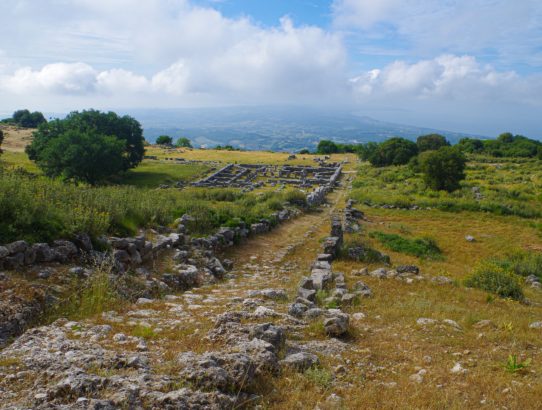Messene, Achaea – Part VII
Continued From Messene, Achaea – Part VI To the east of the gymnasium/palaestra area is the stadium, which is effectively considered part of the gymnasium complex. It is bordered on the northern, western, and eastern sides by doric stoas that have been reconstructed using the materials found in situ. The seating at the north end…
Read More


